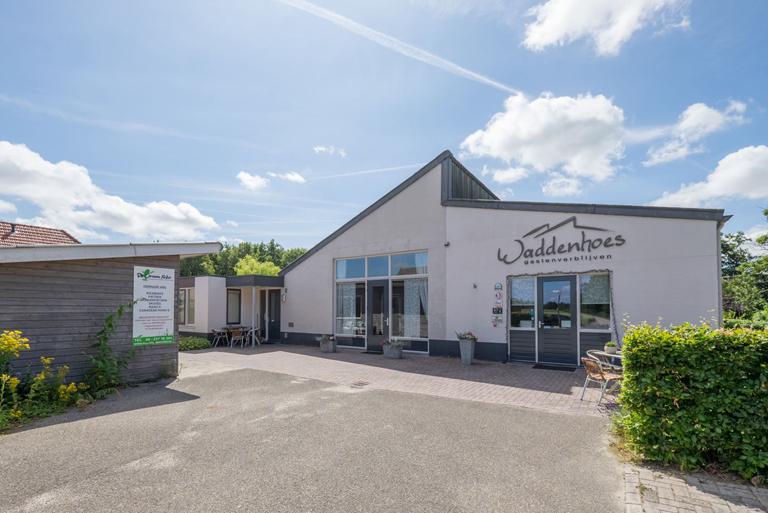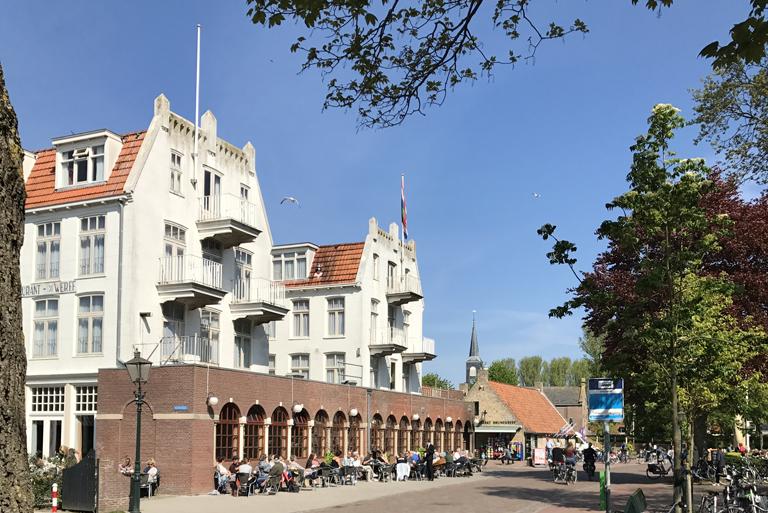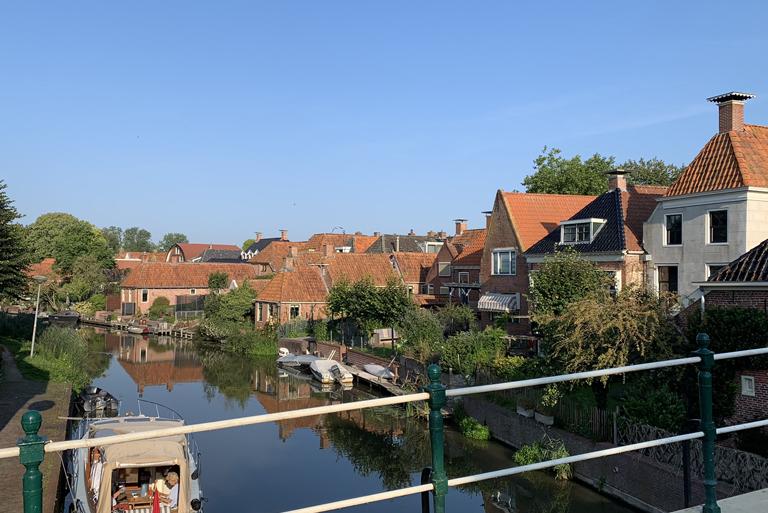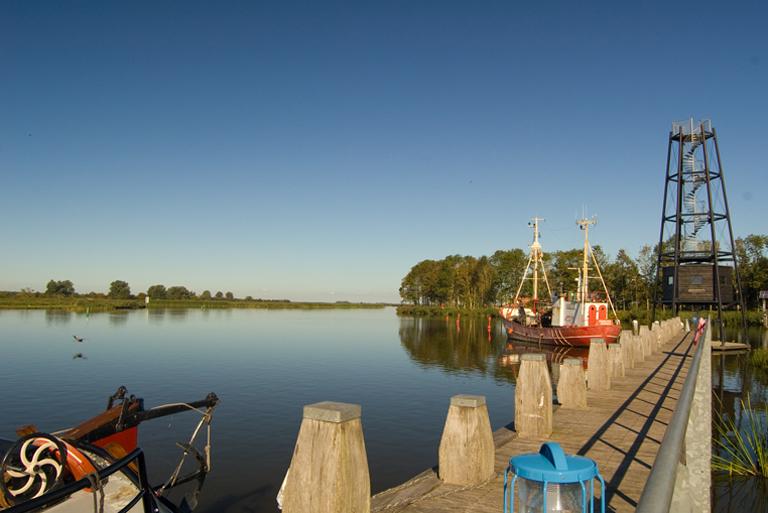Search results:
Mound Villages
A landscape dotted with ancient residential hills
‘Groningen, flat as a pancake?’ A saying used only by those who have never been here. Cycling through the area you will see ‘wierde’ villages built on hills everywhere. And at the centre of each village, a robust medieval church. Together they form perhaps the most characteristic features of Groningen: the mound villages.
Historic hills
The first dikes are only about 1000 years old. But Groningers did not wait for this invention to occur. In order to live in places that were flooded regularly, they created hills to keep their settlements high and dry. Numerous mounds have been excavated by curious archaeologists and much of what has been found so far - utensils, bones and debris - can be viewed at the Wierdenland Museum in Ezinge, which is also quite fittingly a mound village.
A living landscape
Not all mounds have been excavated, many have continued to be a part of contemporary life. The former centre and church at the highest point are still at the heart of the village, often with shops or a small café, while winding brick paths lead down to the surrounding buildings. Toward the bottom you suddenly find yourself among newly built houses. Yet time seems to stand still in some villages. In Niehove, for example, where narrow lanes follow the same ancient spider web pattern among the brick houses.












